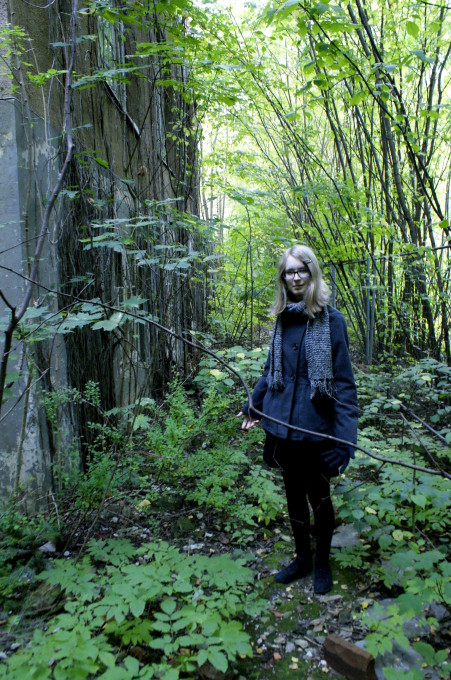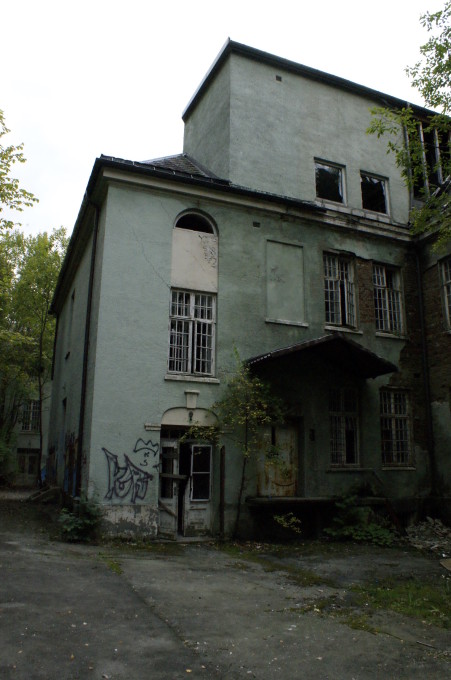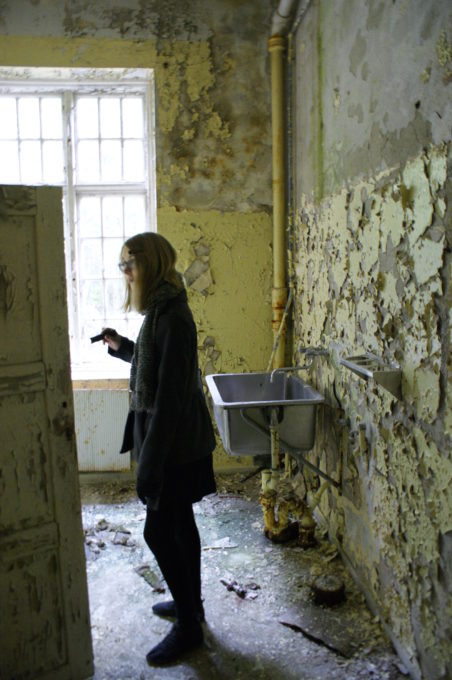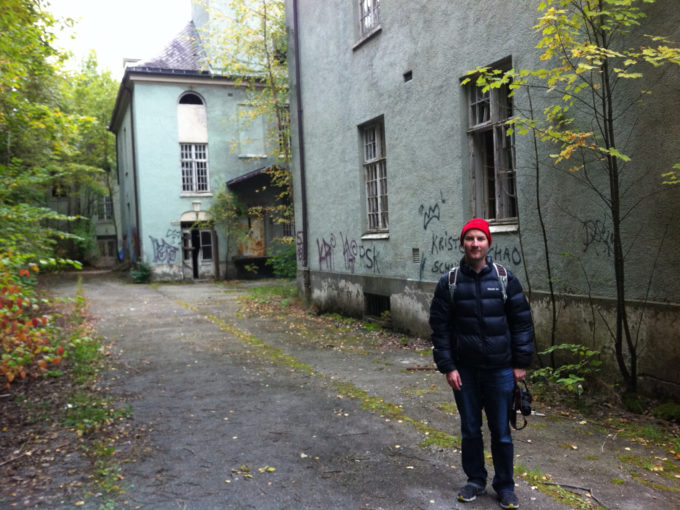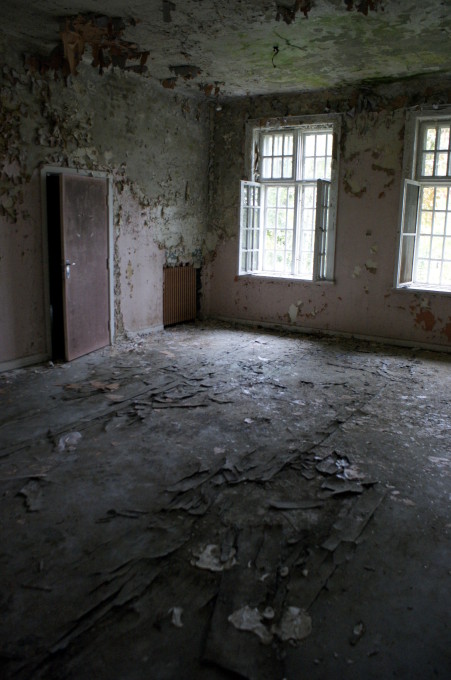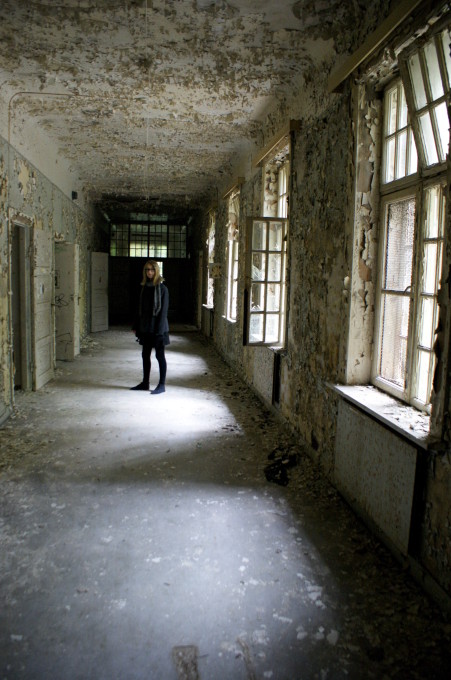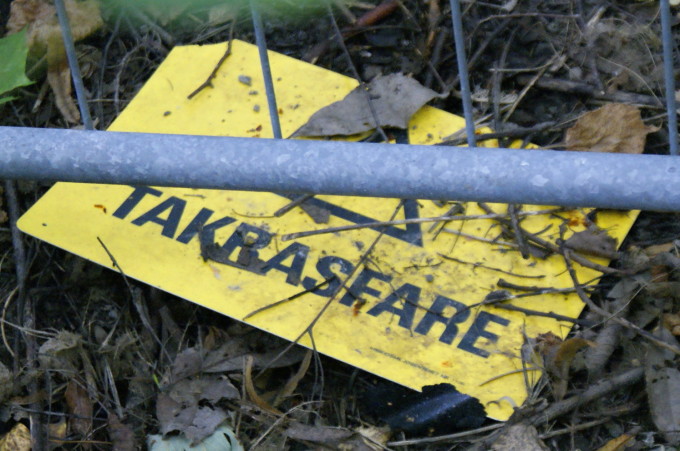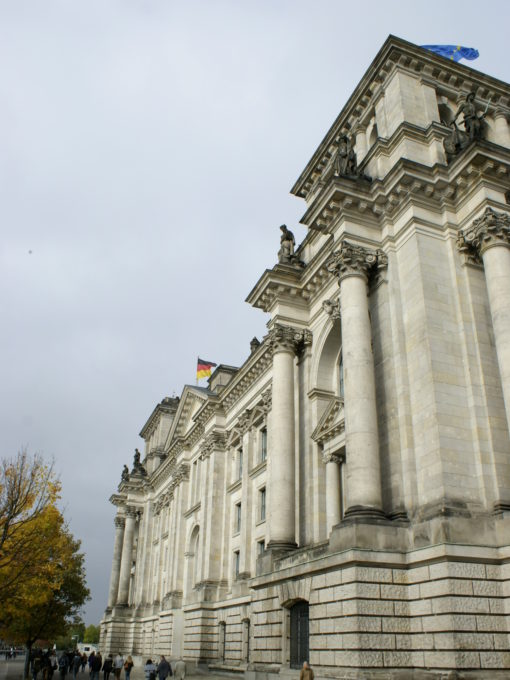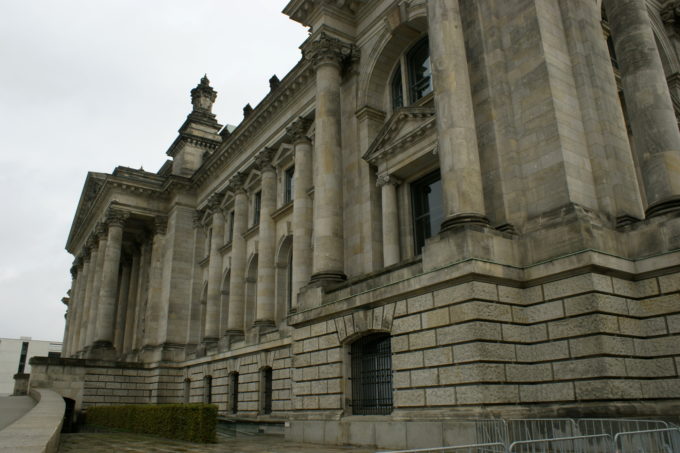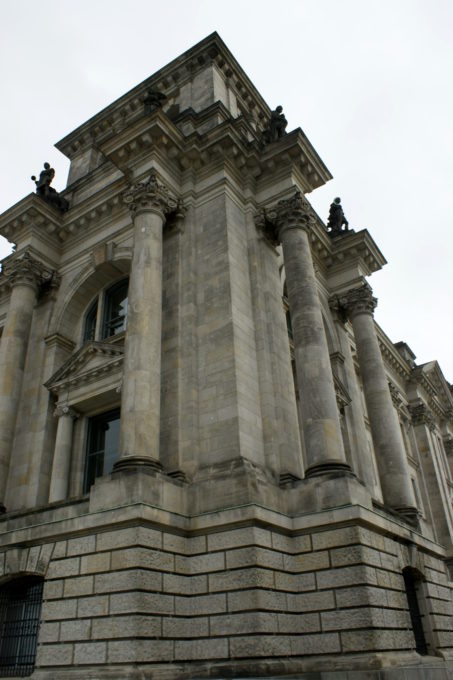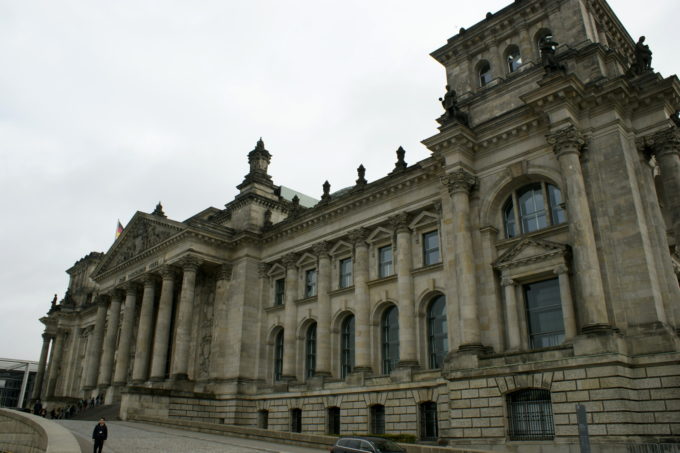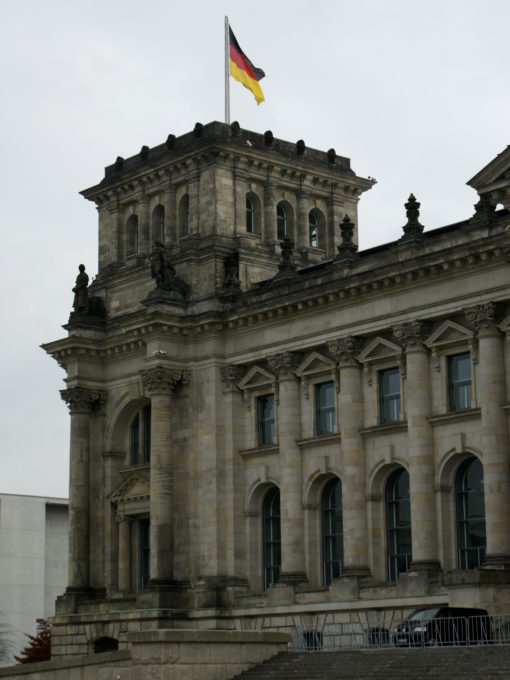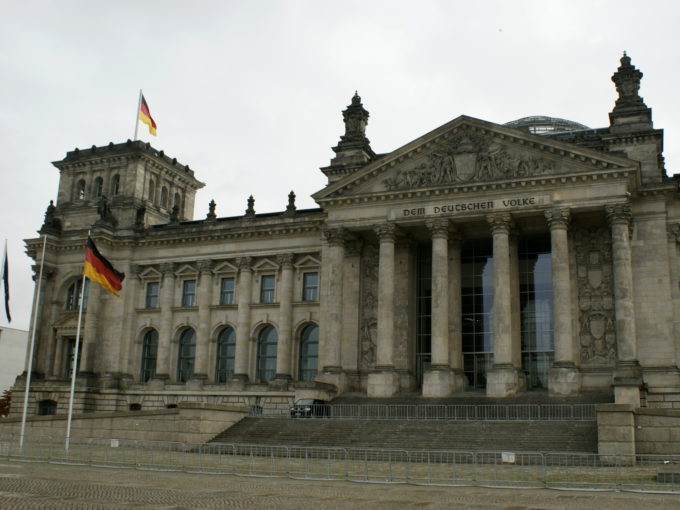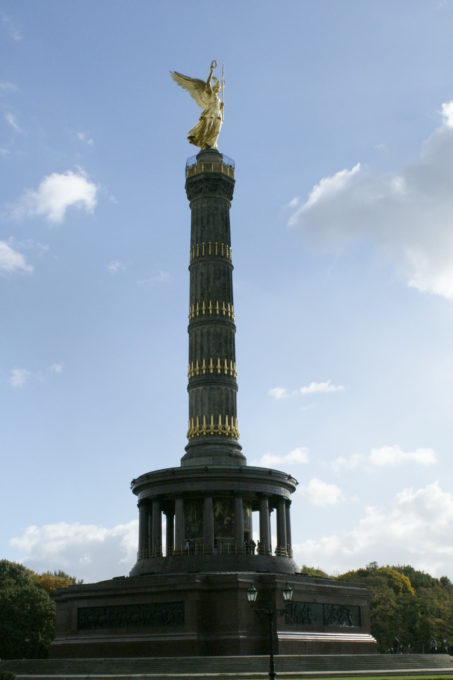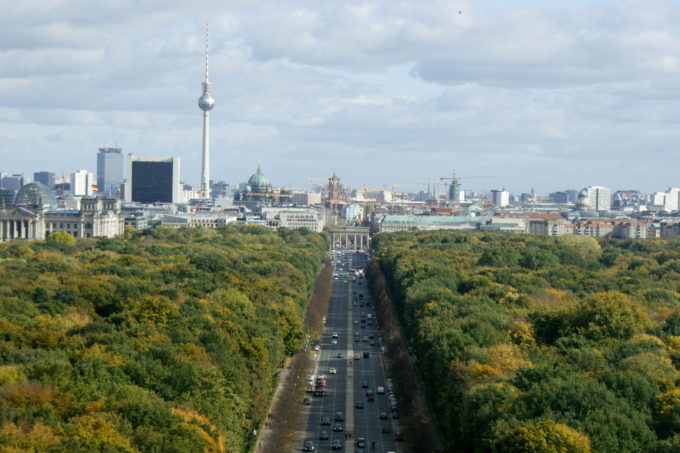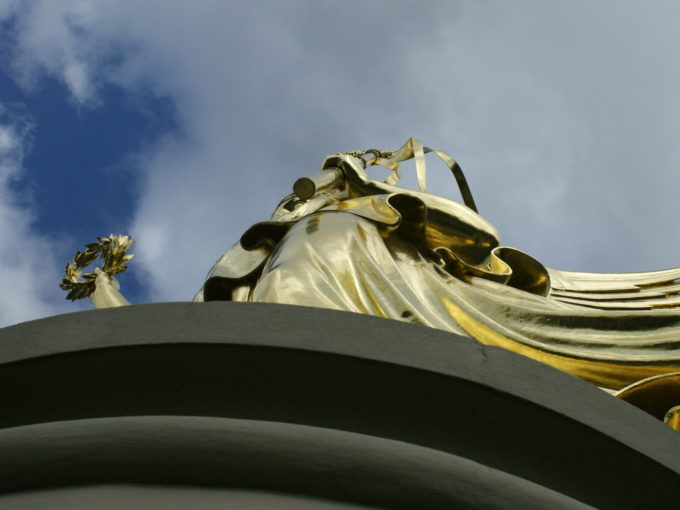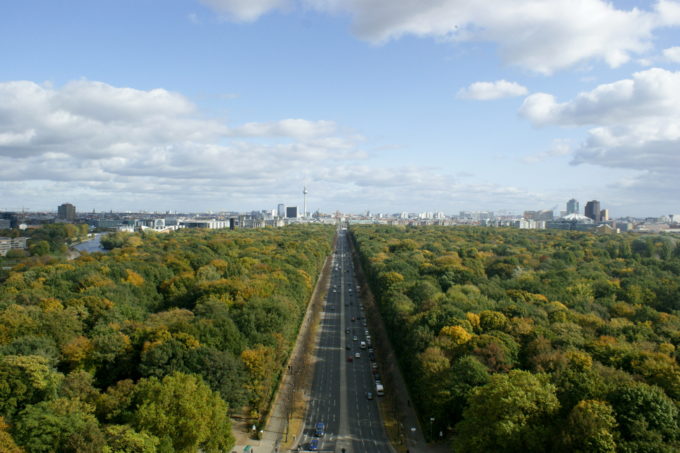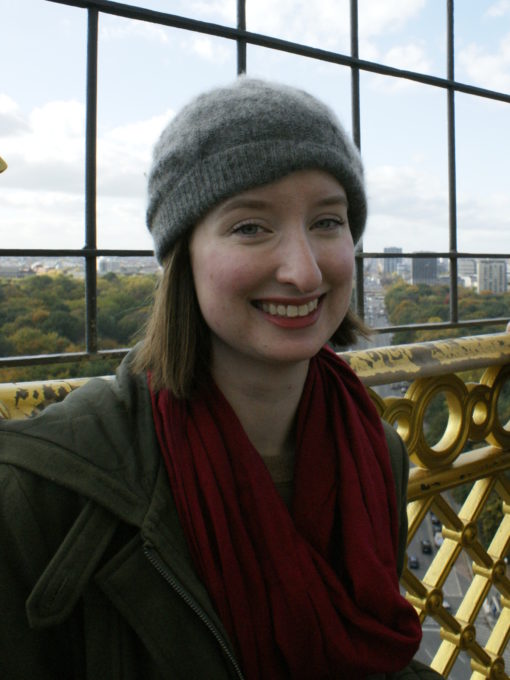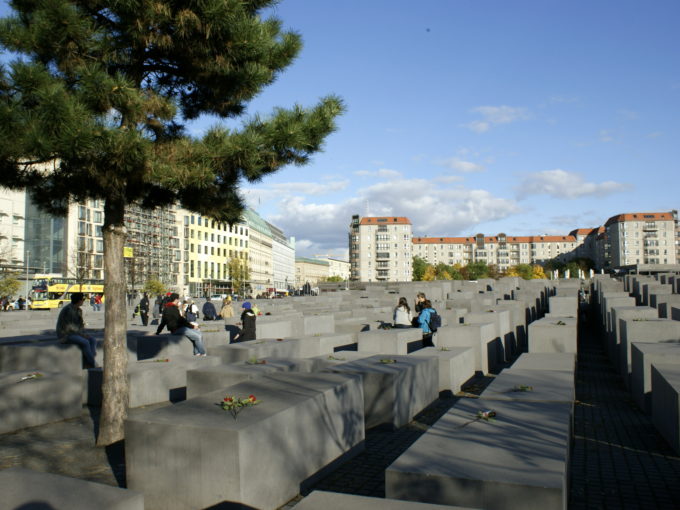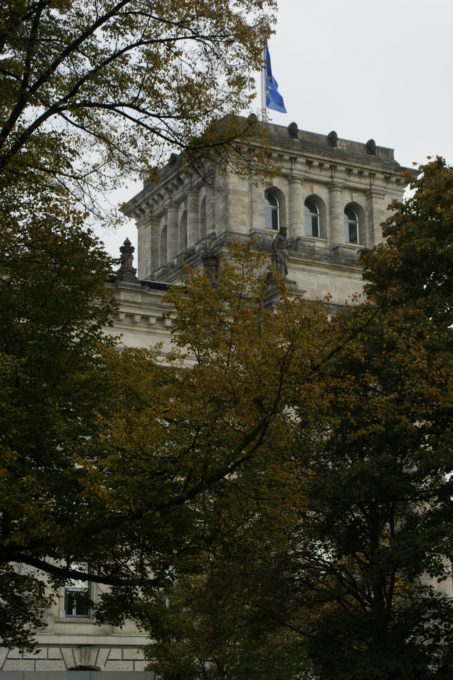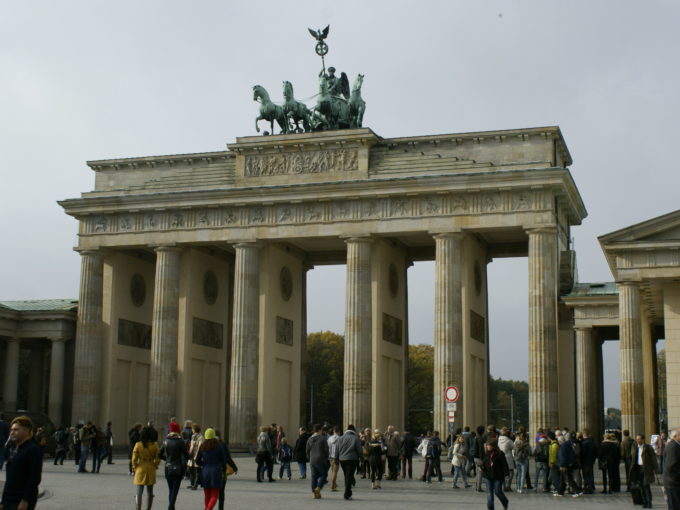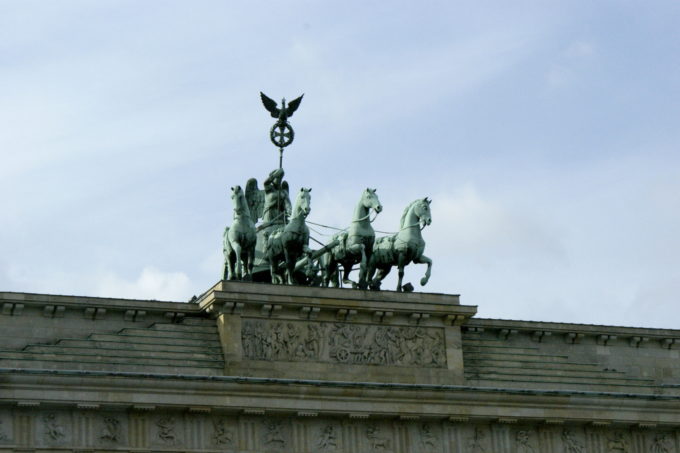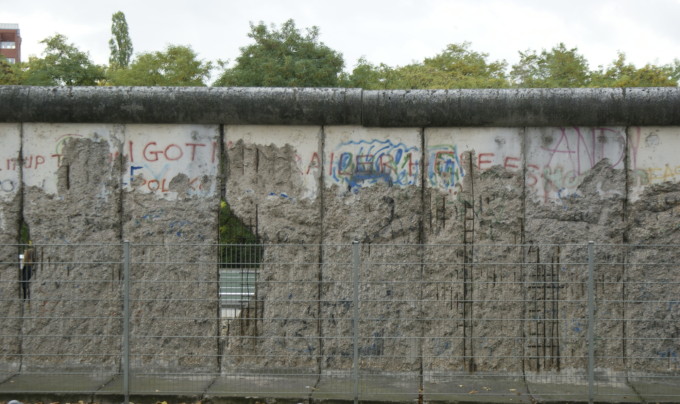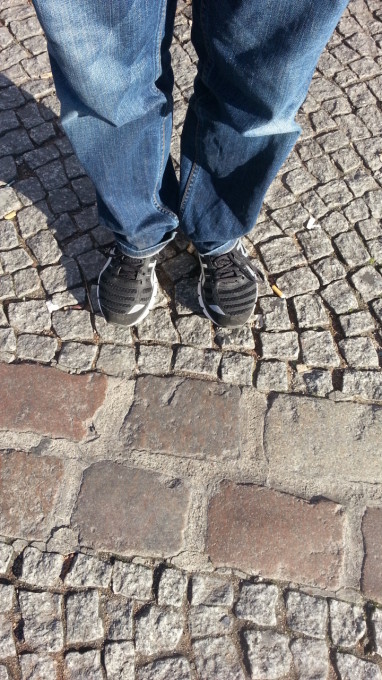My friend Alice and I visited the Lier sykehuset in Norway. It was a mental hospital built in 1926 and operated until 1985.
Between 1945 and 1974, staff at Lier sykehuset conducted experiments with LSD, performed lobotomi’s and tested new drugs which the pharmaceutical industry were not allowed to test. They also performed experimental research with radioactive isotopes on patients. Patients were known to have been placed in isolation and inflicted with prolonged use of belts and straitjackets.
Most of the buildings now sit abandoned and are due to be knocked down. Two of the buildings were fenced off and had warning signs, but two of them had an entrance way through their surrounding fences and an open door for entering the building through.
